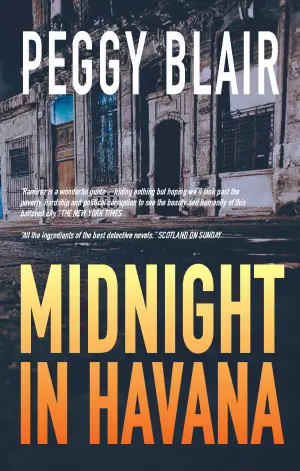Exploring the Layers of Glass in Sarah Pekkanen’s House of Glass
As a long-time fan of Sarah Pekkanen, I was thrilled to dive into her latest solo endeavor, House of Glass. Given my admiration for her collaborative works with Greer Hendricks, I couldn’t wait to see how she navigated the murky waters of suspense and family drama on her own. Plus, the premise was simply irresistible: a luxurious home stripped of glass, echoing themes of fragility and hidden secrets. Would Stella Hudson, the best interest attorney, manage to uncover the truth behind a chilling incident that left a family shattered? Let’s dive in!
Stella Hudson is a character many readers will resonate with, tasked with the near-impossible goal of determining the best course of action for children in custody cases. When she takes on the case of the Barclay family—a case marred by the mysterious death of the family’s nanny—it becomes clear that the stakes are higher than ever. Stella’s journey through the tightrope of morality and ethics is riveting, and the tension builds beautifully as we meet a cast of suspects, including the chillingly silent nine-year-old Rose.
This is where Pekkanen’s prowess shines, as she deftly explores the themes of trauma and the complexities of familial relationships. Rose’s traumatic mutism is a heartbreaking layer, adding an urgency to Stella’s quest for truth. The oddities of the Barclay household, not least of which is the bizarre choice to replace all glass with plastic, add an unsettling backdrop that keeps you haunted by curiosity. Quotes like, "And I’ve got so little left to lose, that it feels just like I’m walking on broken glass," echoed in my mind, mirroring Stella’s precarious position both personally and professionally.
However, the narrative takes a sharp turn in the latter half, shifting focus from the gripping murder mystery to Stella’s own past traumas. While this might have been intended to enhance the character’s depth, it often felt heavy-handed and broke the story’s suspenseful momentum. The introduction of ethical dilemmas and personal struggles felt less like a parallel to the main plot and more like an entirely different novel. This tonal shift was initially jarring; I found myself flipping pages with less enthusiasm, eager for the mystery to reclaim center stage.
Several misplaced plot elements lingered in my mind, such as a relationship that seemed thrown in without adequate justification and a rushed ending that left me wanting. The metaphorical house of glass became a house of cards for me, collapsing under the weight of unfulfilled potential and unanswered questions.
Nevertheless, I can confidently say that Pekkanen’s writing still brims with authenticity and showcases her ability to create vivid characters caught in extraordinary circumstances. Readers who appreciate family dramas tinged with psychological thrills may find House of Glass worth their time, even if it falters toward the end.
In reflecting on my experience, I was reminded of the importance of confronting our own glass houses—fragile, transparent, and all too often filled with hidden depths. While this book didn’t completely shatter my expectations, it provided food for thought about vulnerability and the masks we wear. Here’s hoping Pekkanen’s next work finds its footing more firmly in the delightful suspense I’ve come to love from her.
For those intrigued by family dynamics and chilling mysteries, perhaps give House of Glass a chance. It might just resonate with you in ways it didn’t entirely resonate with me. Happy reading!












